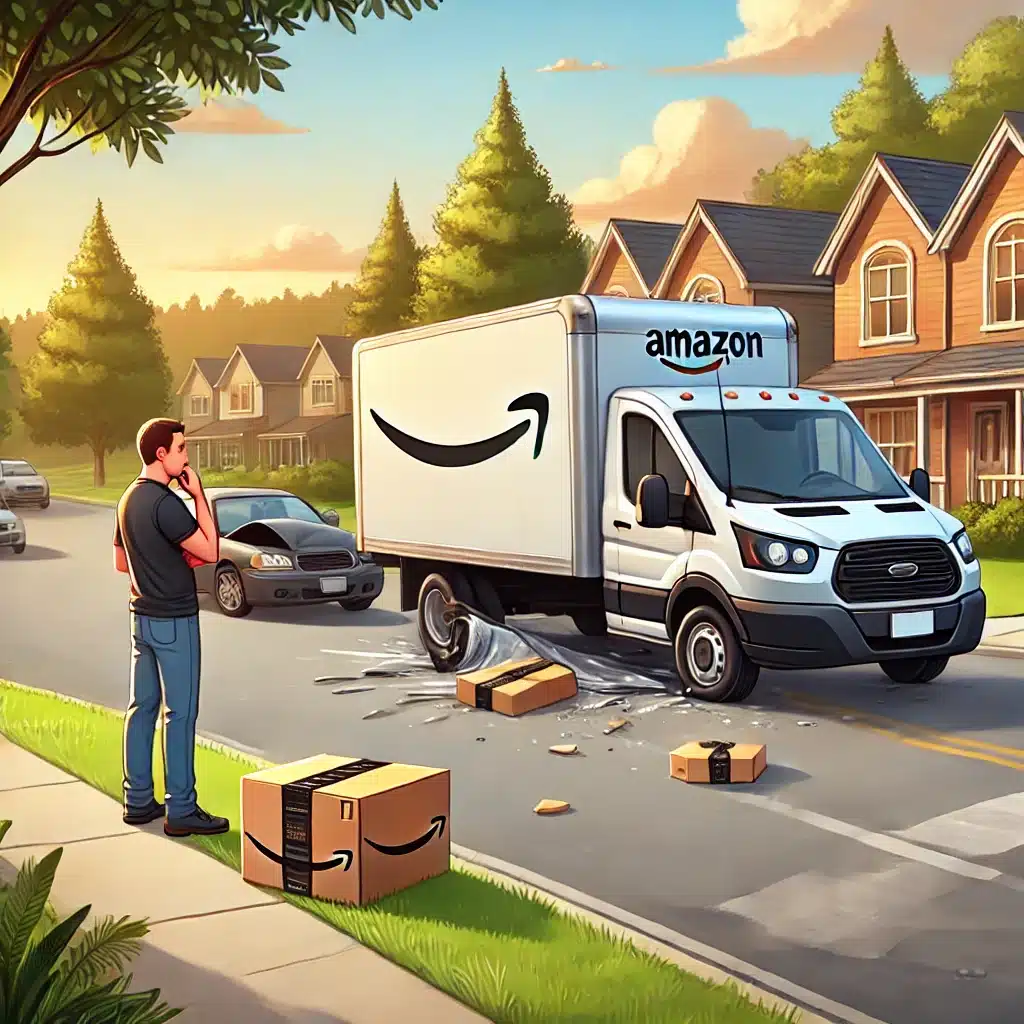I have previously written about the number 1 cause of preventable car crashes – distracted driving. Now, I would like to share some thoughts and comments about what is considered the second leading cause – speeding.
At Coluccio Law, we don’t call predictable, preventable crashes “car accidents.” Most crashes caused by speeding are preventable.
Speed and fatal crash risk
Today, The Seattle Times reported that nearly twice as many people died in traffic collisions in Seattle in 2019 then in 2018.
Speeding has been involved in approximately one-third of all crash deaths in the U.S.
Simply said – speed kills. The faster you drive, the more limited your reaction time will be if you need to react while driving to prevent a crash.
9,378 people died in speed-related fatal crashes in 2018.
In addition to limiting reaction time, speed has a great effect upon controlling a vehicle. The amount of damage caused can be significantly greater with increased speed.
But to prevent a speed-related collision, you need to understand stopping distance.
Stopping distance
The speed at which a car or truck is traveling has a direct relationship to its stopping distance. Stopping distance is the time that it takes to bring a moving car to a complete stop.
This includes both the time it take you to react to a situation or hazard and the time it takes for the brakes to stop the car. You can calculate stopping distance with this formula:
Thinking distance + Braking distance = Stopping distance
The following are stopping distances on dry roadways for the average passenger vehicle:
20 mph: 40 feet
30 mph: 75 feet
40 mph: 118 feet
50 mph: 174 feet
60 mph: 240 feet
70 mph: 315 feet
These figures are only averages. Actual stopping distances will depend upon the nature of the roadway. In addition, as you would expect, these distances increase on wet roads, and even more so on roads covered with snow or ice.

Recommended Article: Speed Limit Increase
Safety through prevention
Simple ways for drivers to keep from speeding – and reduce their risk of a fatal crash. These are only some of the many suggestions and tips that are available to drivers.
- Get in the habit of leaving on time. When drivers are rushing to get to a location, bad things can happen.
- Always leave a safe following distance – one that increases with speed and in adverse weather conditions.
- Do not tailgate. It’s dangerous, and saves you no time.
- Watch the road for signs of curves that require a reduction of your vehicle’s speed.
- Monitor your speed; many people drive too fast out of habit, or because they just aren’t paying attention.
Remember when behind the wheel of a car, your life and the lives of others are dependent upon your safely preforming the task of safe driving.
– Attorney Kevin Coluccio, Seattle
Recommended Article: Speed Limits in Washington State



